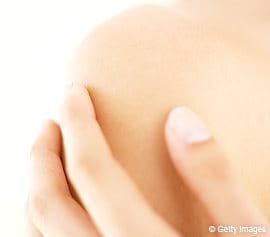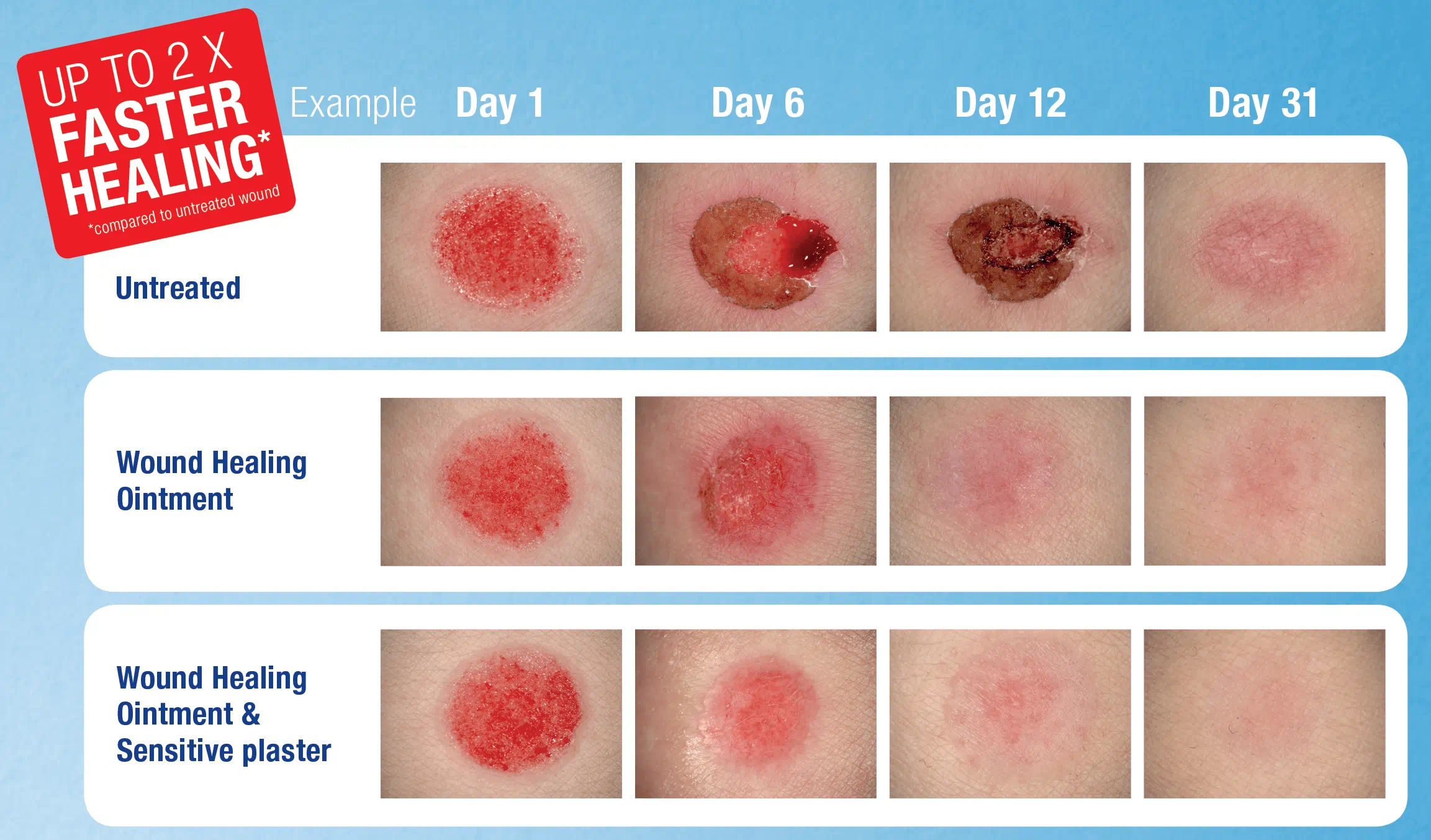When it comes to dealing with a minor wound, some people like to just let air do the healing job. Are you one of them? Then think again.
If you’ve hurt yourself with a cut, graze or an abrasion, you may think that you don’t need a plaster. You may have heard somewhere that letting your wound heal in dry air is the best way. However, medical research has shown that the opposite is true! So why do moist wounds heal faster?
The idea of moist wound healing was born in 1962 when George D. Winter discovered that epithelisation, the process of wound closure, would proceed twice as fast in a moist environment than under a scab. Today, the principle of moist healing is generally accepted in the professional field, where many products have been developed for the healing of chronic wounds via moist wound therapy.
Keep reading to find out why creating moist conditions to heal your wound, no matter how big or small, will repair your skin faster and better - with a reduced risk of scarring or scabs. See what medical experts already know and why this is the superior method.




